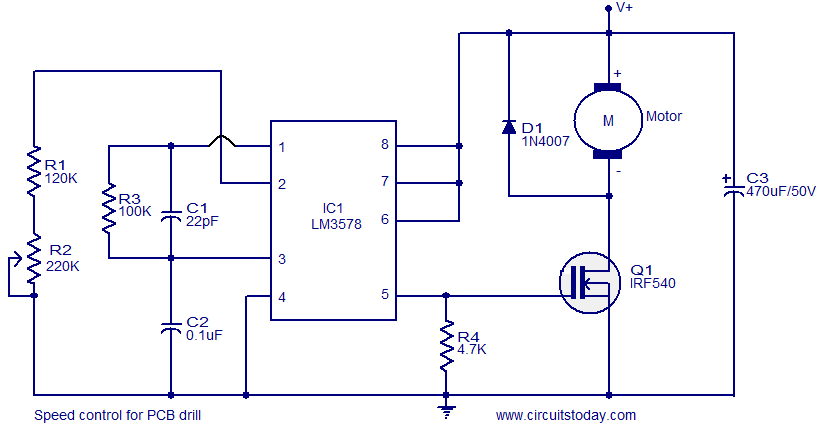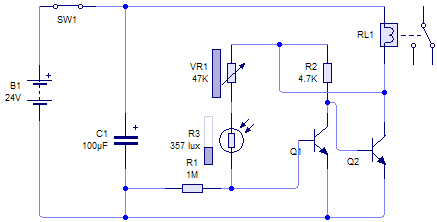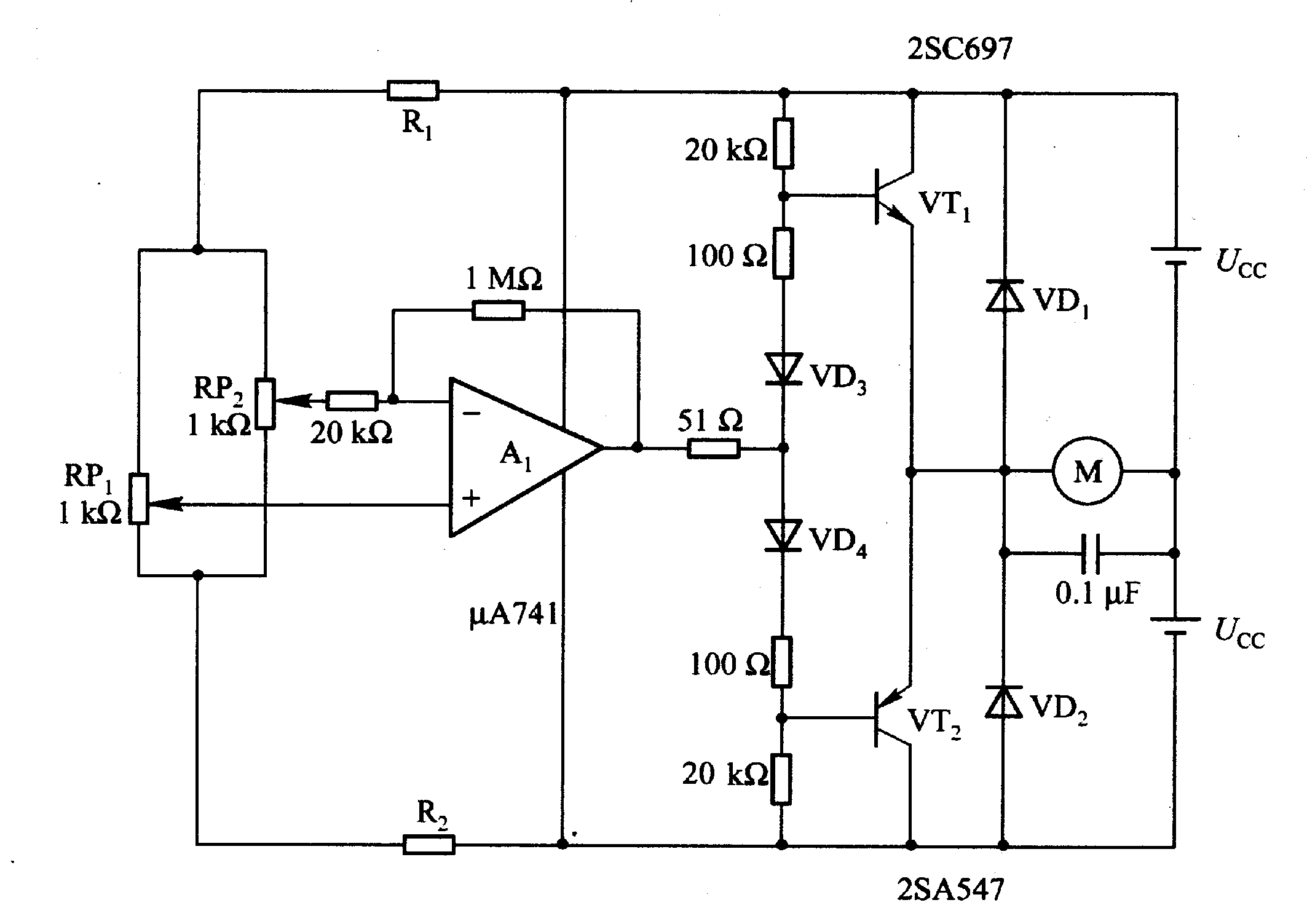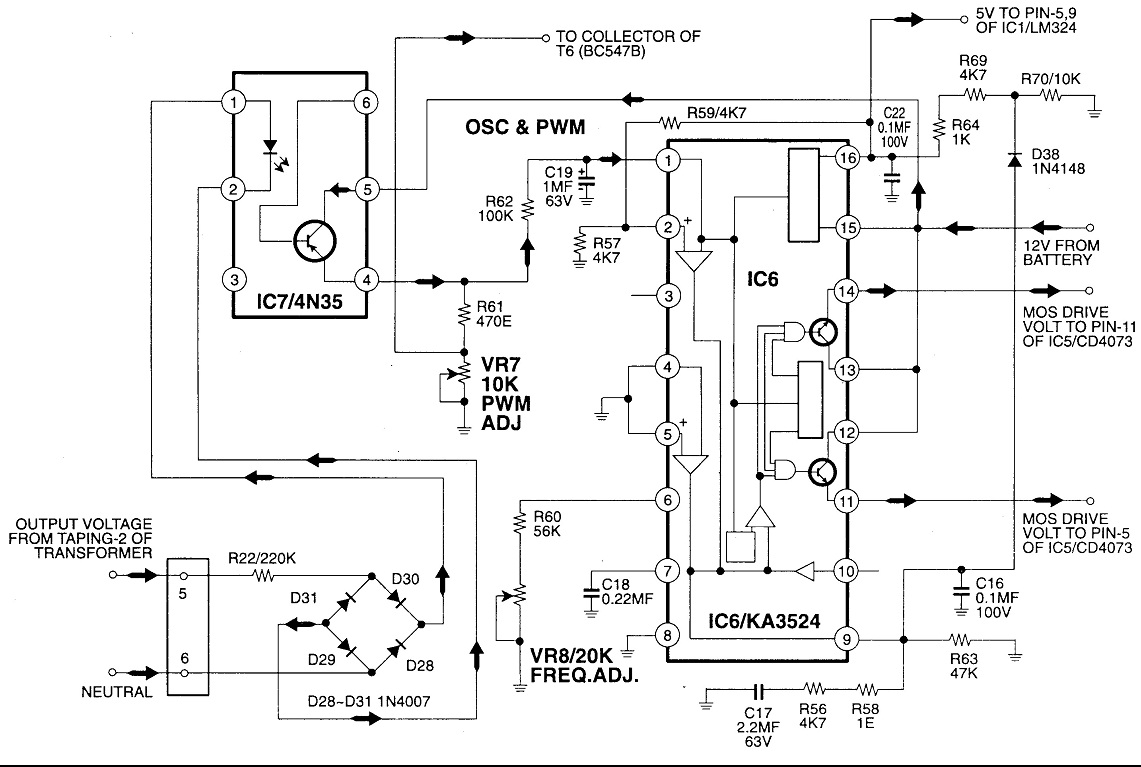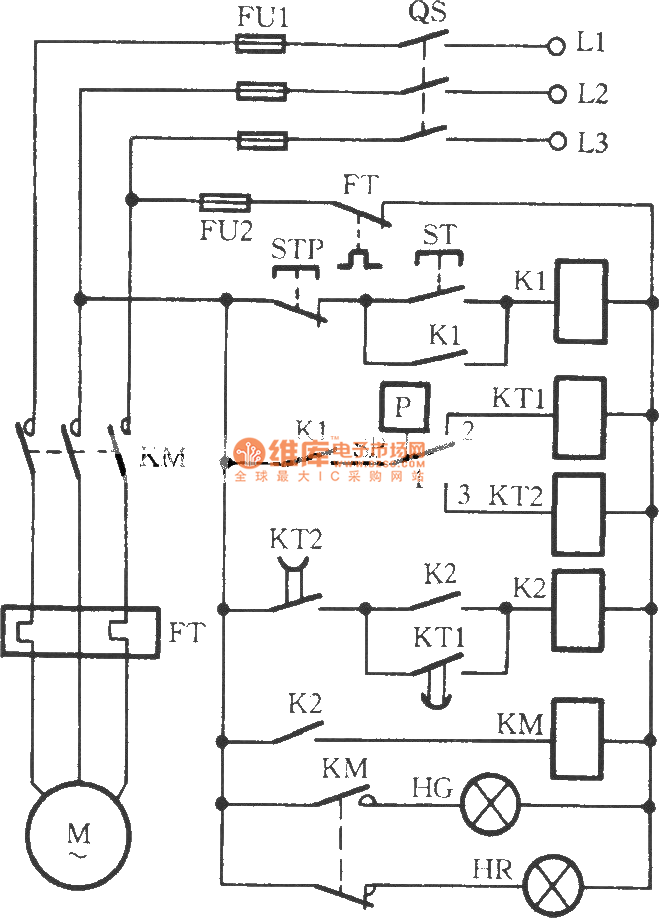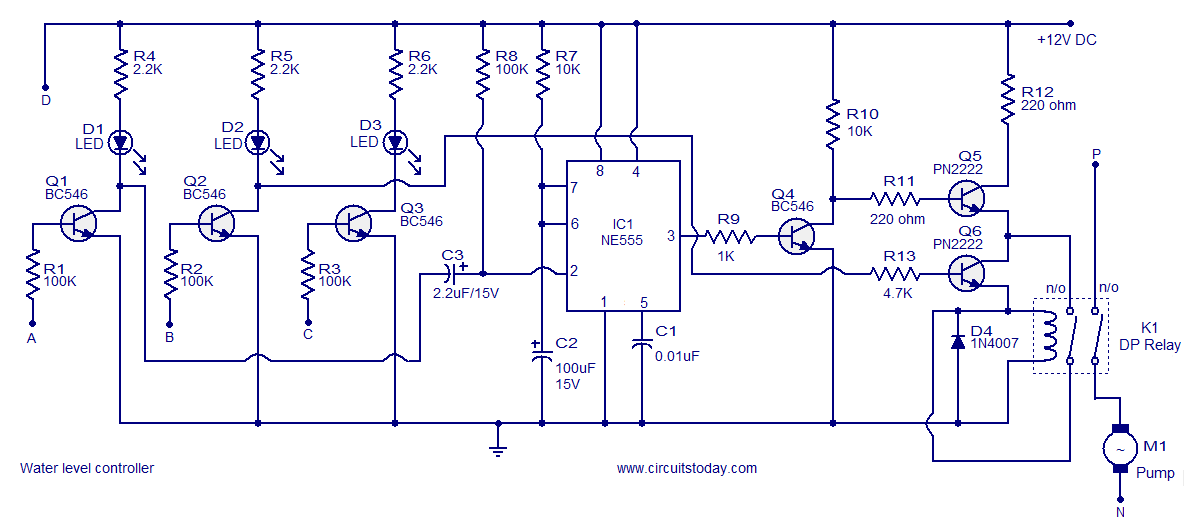
IR Remote Control Extender Mark 3

The Mark3 version of the Infrared extender is specifically designed to control appliances that utilize high-frequency modulated infrared remote controls.
The Mark3 Infrared extender serves as a critical component in extending the range and functionality of infrared remote control systems. This device is particularly adept at interfacing with appliances that operate on high-frequency modulated signals, which are commonly found in modern remote controls.
The circuit typically consists of an infrared receiver, which captures the modulated signals emitted from the remote control. This receiver is coupled with a microcontroller or a dedicated signal processing chip that demodulates the received signals, converting them back into a format that the controlled appliance can understand.
The extender may also include a power amplifier to boost the signal strength, allowing for greater transmission distances. Additionally, the design may incorporate features such as adjustable sensitivity settings to accommodate various remote control types and distances, as well as an LED indicator to provide visual feedback when the device is active.
In terms of connectivity, the Mark3 version may offer multiple output options to facilitate connection with different types of appliances, ensuring versatility in its application. The overall design emphasizes reliability and ease of use, making it an essential tool for enhancing the functionality of infrared-controlled devices in both residential and commercial settings.
Proper implementation of this extender can significantly improve the user experience, allowing for seamless control of devices that may otherwise be difficult to operate due to distance or obstacles.This Mark3 version of the Infra Red extender is a special version designed to control appliances that use high frequency modulated IR remote controls.. 🔗 External reference
The Mark3 Infrared extender serves as a critical component in extending the range and functionality of infrared remote control systems. This device is particularly adept at interfacing with appliances that operate on high-frequency modulated signals, which are commonly found in modern remote controls.
The circuit typically consists of an infrared receiver, which captures the modulated signals emitted from the remote control. This receiver is coupled with a microcontroller or a dedicated signal processing chip that demodulates the received signals, converting them back into a format that the controlled appliance can understand.
The extender may also include a power amplifier to boost the signal strength, allowing for greater transmission distances. Additionally, the design may incorporate features such as adjustable sensitivity settings to accommodate various remote control types and distances, as well as an LED indicator to provide visual feedback when the device is active.
In terms of connectivity, the Mark3 version may offer multiple output options to facilitate connection with different types of appliances, ensuring versatility in its application. The overall design emphasizes reliability and ease of use, making it an essential tool for enhancing the functionality of infrared-controlled devices in both residential and commercial settings.
Proper implementation of this extender can significantly improve the user experience, allowing for seamless control of devices that may otherwise be difficult to operate due to distance or obstacles.This Mark3 version of the Infra Red extender is a special version designed to control appliances that use high frequency modulated IR remote controls.. 🔗 External reference
